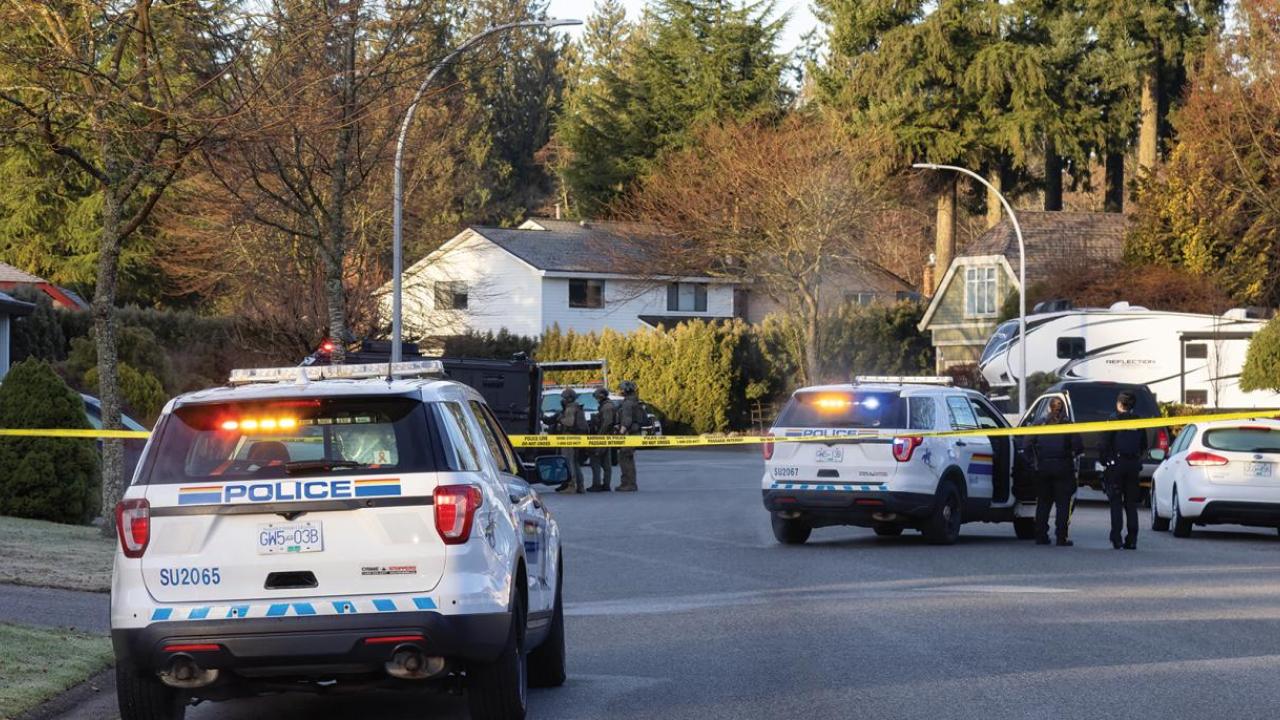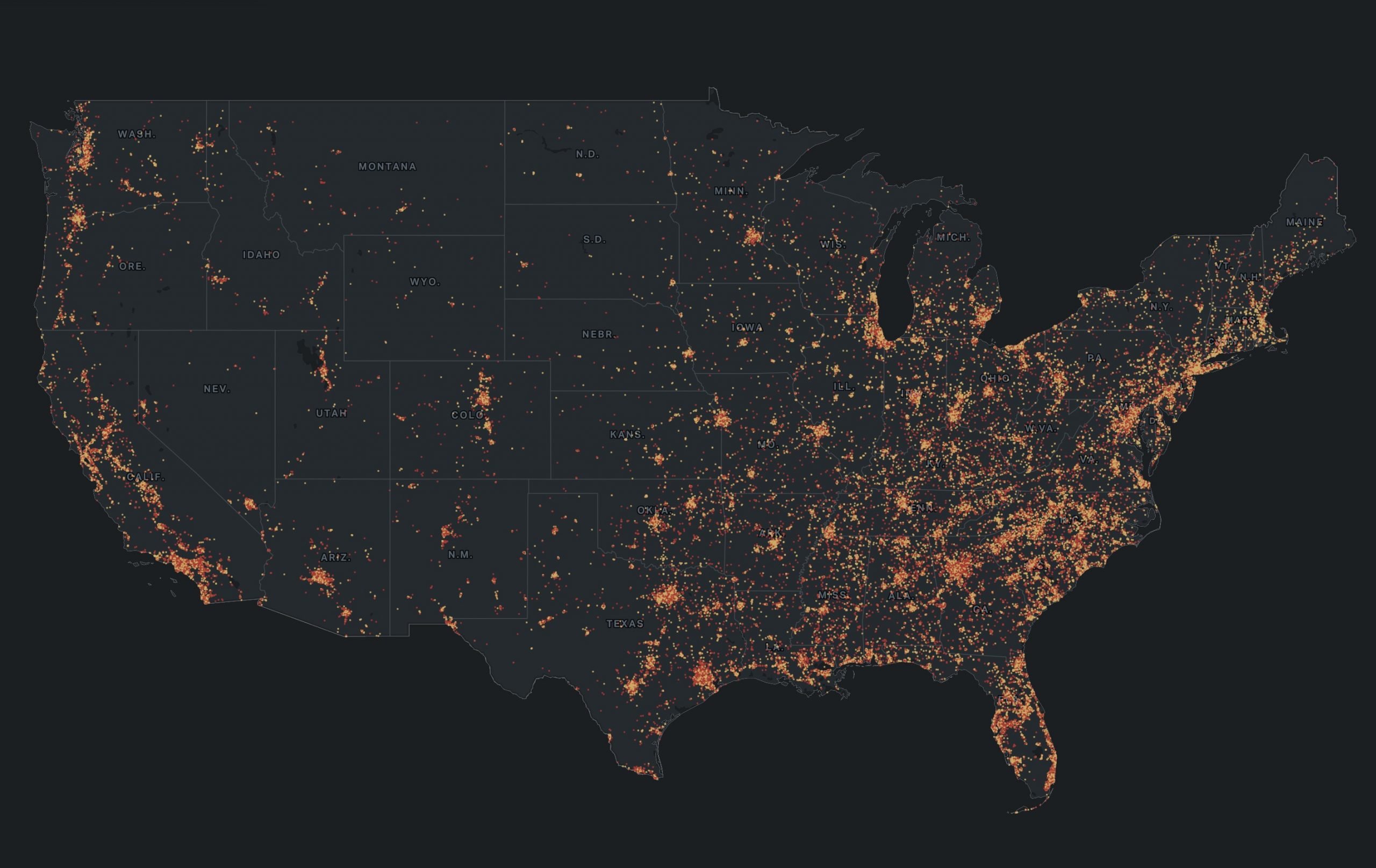One other thing about the study linked to suggesting higher death rates from guns in small towns. It can be misleading for a number of reasons.
1. It depends on how many classifications you have for rural and urban. For example, if you had 10 different types of rural areas, depending on size with one of those towns only having 5 people in it, then 1 suicide gives it a 20% death rate, something you can't get in an urban area because there are more people and so you have to take an average. One anomaly in an urban area won't distort the data much. I'm struggling to explain this part clearly, but if you toss a coin 5 times you might get 5 heads in a row. But if you toss a coin 10,000 times, you are likely to get roughly 5,000 heads, 5,000 tails. The smaller the number of coin tosses, the larger the variations in that sample, and that applies to towns with smaller numbers of people.
2. There are way more small towns than large cities, further increasing the probability that a small town has the higher suicide rate. This is not possible to meaningfully compare to an urban area with millions of people, since there are far fewer of these areas. You might get say 5,000 small towns and only 50 urban areas. This skews the likelihood of which area might have the highest suicide rate. This type of analysis can be used to push a certain political narrative, or bias. But if you understand the stats behind it, you can tease out the misleading conclusions.
3. The ratio of gun users to non-gun users will influence the figures. If there are more guns in small towns, they are more likely to use this tool to kill themselves, I would imagine, instead of another tool like a knife or pills.
Points #1 and #2 are the main ones though.





